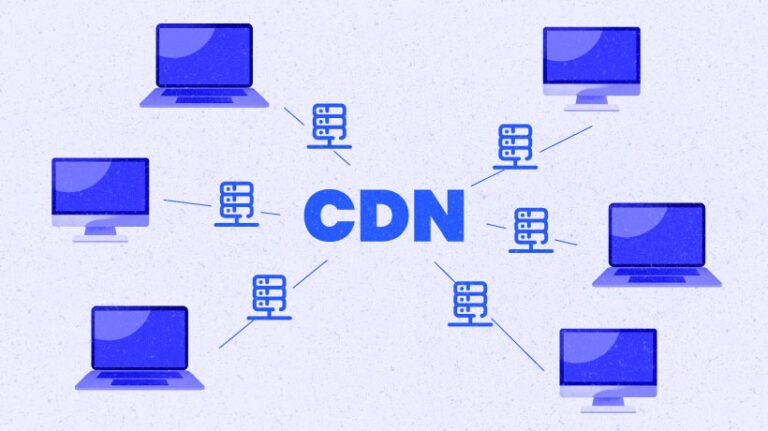A content delivery network, often called a CDN, is a system of globally distributed servers that work together to deliver digital content to users more efficiently. These networks are designed to reduce delays in loading web pages and digital files by storing cached copies of content in multiple locations across the world. When users request a website, video, or file, a CDN ensures that the data is delivered from the server closest to the user’s location. This setup significantly improves the speed and reliability of internet services.
The basic structure of a content delivery network includes an origin server and several edge servers, also known as points of presence or PoPs. The origin server hosts the original version of the website or file, while the edge servers store cached versions of this content. When someone accesses a website that uses a CDN, their request is automatically routed to the nearest edge server rather than the origin server. This reduces the physical distance data must travel, which leads to faster loading times and a better overall experience.
There are many benefits to using a content delivery network. One of the most important is improved speed. Because users receive data from nearby servers, the time it takes for a webpage to load or a video to stream is greatly reduced. This is especially critical for websites with international audiences, where users may be located far from the origin server. Another key benefit is reduced latency. Since the data does not have to travel long distances, the time between the user’s request and the response is shorter.
CDNs also help reduce bandwidth costs. By caching content, CDNs limit how often origin servers are accessed, which decreases data transfer charges for website owners. They also help manage high levels of traffic. If a site experiences a sudden increase in visitors, the CDN spreads the load across multiple servers, preventing crashes or slowdowns. This makes CDNs ideal for high-traffic sites such as e-commerce platforms, news portals, and video streaming services.
Security is another area where content delivery networks play an important role. Many CDNs offer features like DDoS protection, Secure Sockets Layer (SSL) encryption, and Web Application Firewalls (WAFs). These tools protect websites from cyberattacks and ensure secure data transfer between users and servers. In addition, if one server in the network fails or goes offline, another can take its place, which ensures greater availability and uptime.
The types of content delivered by CDNs include static files like images, JavaScript, and CSS, as well as dynamic content and streaming media. They can also be used to speed up the delivery of software downloads and application updates. This versatility makes CDNs useful for a wide range of digital services.
Some of the most well-known content delivery network providers are Cloudflare, Akamai, Amazon CloudFront, Google Cloud CDN, Fastly, and Microsoft Azure CDN. These companies serve clients of all sizes, from small business websites to global corporations. Their infrastructure helps millions of users around the world access online content quickly and securely.
A common misunderstanding is that a content delivery network replaces web hosting. This is not the case. Instead, a CDN works alongside existing hosting services to enhance the delivery of content. Even small websites can benefit from using a CDN, especially when aiming to serve users in multiple regions. Additionally, CDNs support HTTPS, which is important for data security and is also a ranking factor used by search engines like Google.
Website speed and user experience directly impact search engine optimization. Faster sites typically rank higher because they provide better service to users. By using a CDN, website owners can reduce bounce rates and increase user engagement, both of which contribute to improved visibility in search engine results.
As internet usage continues to grow globally, the role of the content delivery network becomes even more essential. It provides the speed, scalability, and protection that modern websites need to meet user expectations and stay competitive in the digital world.







